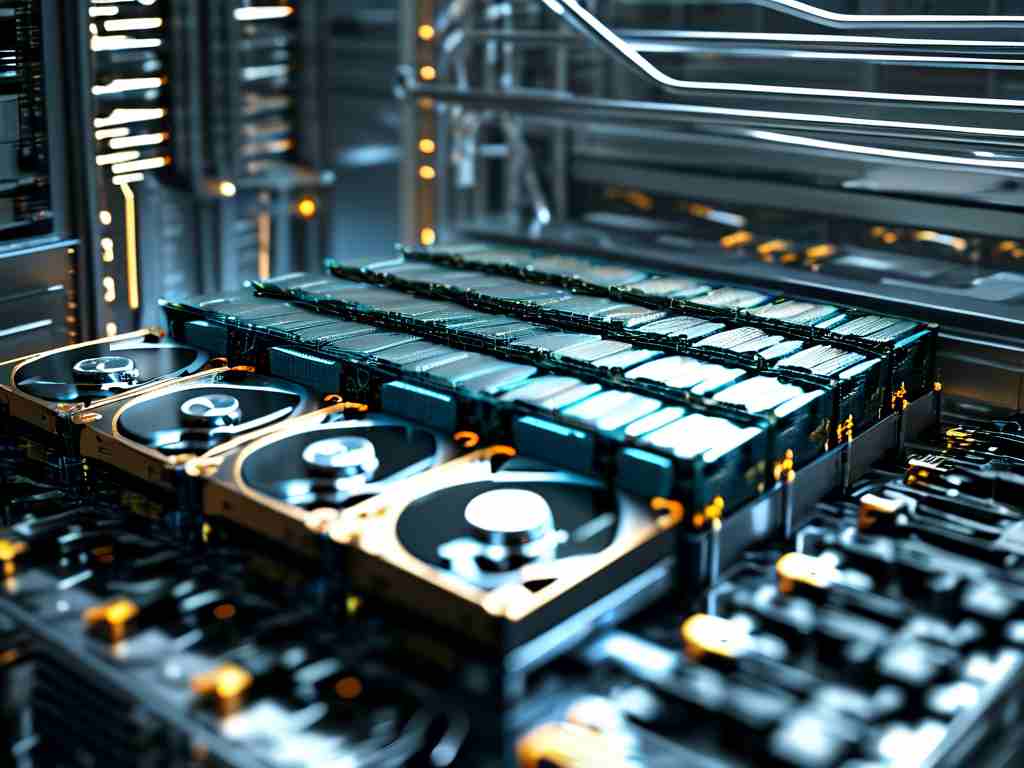Effective management of computer storage resources remains a critical yet often overlooked aspect of system performance. While modern operating systems handle most storage allocation tasks automatically, understanding the underlying principles can help users optimize their workflows and extend hardware lifespan. This article explores practical strategies for balancing hard drive space and memory allocation across different computing environments.

The Foundation: Storage vs. Memory
Hard drives (HDDs/SSDs) provide permanent data storage, while RAM serves as temporary workspace for active processes. A common misconception equates these components – users frequently report "running out of memory" when their hard drives fill up. This confusion highlights the need for clear differentiation: storage preserves files indefinitely, while memory handles real-time operations.
Allocation Strategies in Practice
Modern systems employ dynamic allocation algorithms that automatically manage resources. However, manual intervention becomes necessary when dealing with specialized workloads. For example, video editors working with 4K footage might benefit from:
# Windows PowerShell script to allocate dedicated cache space New-Partition -DiskNumber 0 -Size 50GB -AssignDriveLetter Format-Volume -DriveLetter Z -FileSystem NTFS -NewFileSystemLabel "Cache"
This creates a dedicated partition for temporary project files, reducing strain on primary storage during intensive tasks.
Memory Management Techniques
Effective RAM allocation requires balancing physical memory with virtual memory (pagefile.sys on Windows, swap space on Linux). The golden ratio suggests maintaining virtual memory at 1.5x physical RAM capacity. For systems with 16GB RAM:
# Linux swap space configuration example sudo fallocate -l 24G /swapfile sudo chmod 600 /swapfile sudo mkswap /swapfile sudo swapon /swapfile
This configuration helps prevent out-of-memory crashes during peak usage while minimizing unnecessary disk thrashing.
Storage Optimization Tactics
- Sector Alignment: Ensure partitions start on physical sector boundaries to maximize read/write efficiency
- File System Selection: NTFS for Windows systems, EXT4 for Linux, APFS for macOS
- Overprovisioning: Leave 10-15% of SSD space unallocated to maintain write performance
Troubleshooting Common Issues
Fragmentation remains a persistent challenge for mechanical drives. While modern SSDs don't require defragmentation, HDD users should schedule monthly optimizations:
# Python script to analyze disk fragmentation (Windows)
import subprocess
def analyze_fragmentation(drive):
result = subprocess.run(['defrag', drive, '/A'], capture_output=True)
return result.stdout.decode()
This script helps identify heavily fragmented drives before initiating optimization processes.
Future Trends in Storage Allocation
Emerging technologies like computational storage and storage-class memory (SCM) are blurring traditional boundaries. Intel's Optane persistent memory demonstrates hybrid capabilities, offering near-RAM speeds with storage-like persistence. Such innovations will require revised allocation strategies that account for new performance characteristics.
Best Practices Summary
- Monitor storage health using SMART tools
- Separate OS files from user data through partitioning
- Adjust virtual memory settings for specialized applications
- Regularly audit storage allocations using built-in utilities like Windows Disk Management or Linux lsblk
By implementing these strategies, users can significantly improve system responsiveness and prolong hardware durability. As storage technologies evolve, maintaining flexibility in allocation approaches will remain crucial for adapting to new computing paradigms.









